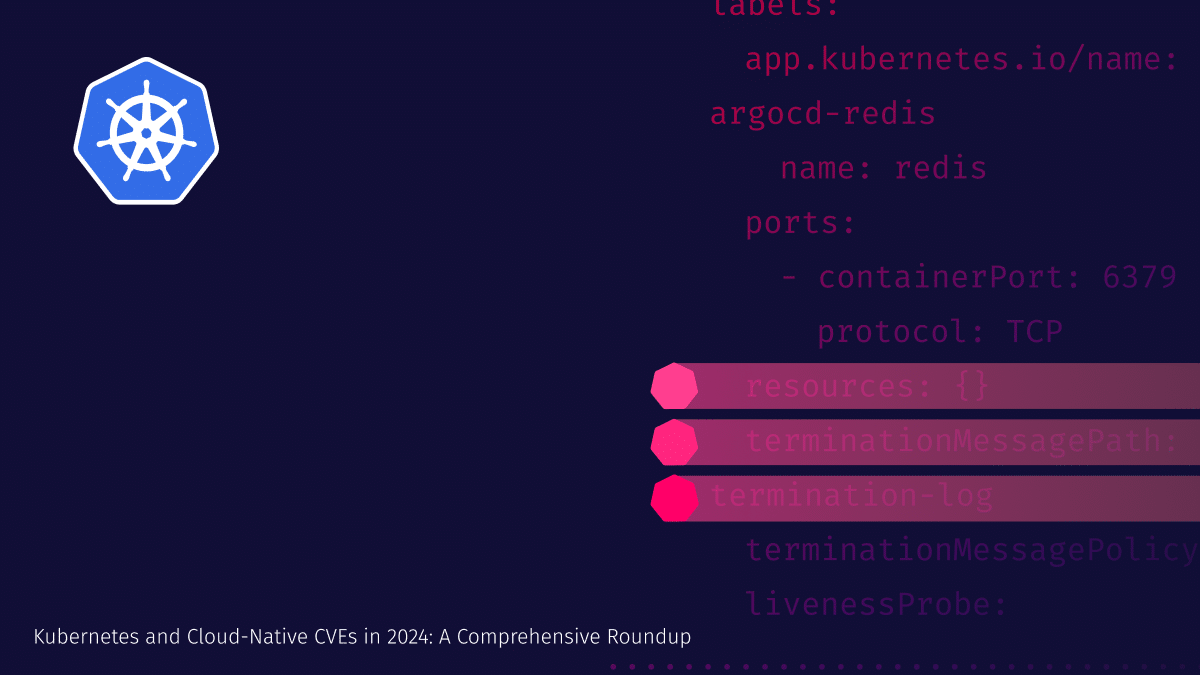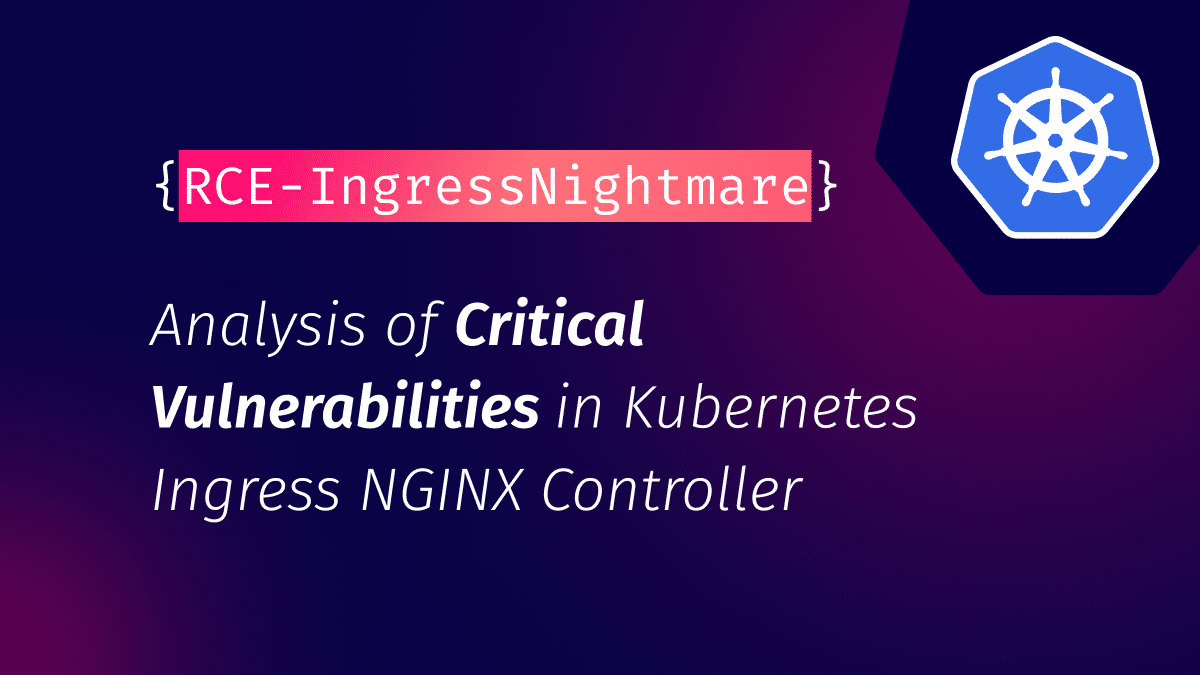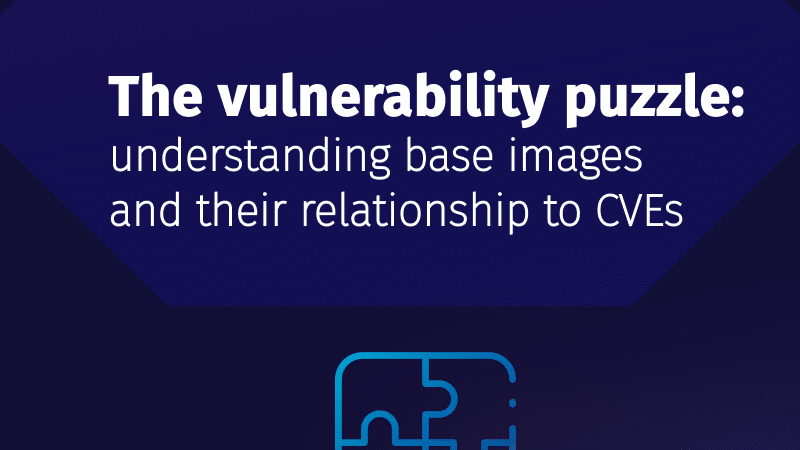IngressNightmare: Analysis of Critical Vulnerabilities in Kubernetes Ingress NGINX Controller
Executive Summary On March 24, 2025, Wiz Research disclosed a series of critical vulnerabilities in...

Dec 26, 2024
In 2024, several significant vulnerabilities were identified within the Kubernetes and broader cloud-native ecosystem. In this post we have compiled a roundup of the most notable Common Vulnerabilities and Exposures (CVEs) reported this year.
CVE-2024-9486: Default Credentials in Kubernetes Image Builder
CVE-2024-10220: Arbitrary Command Execution via gitRepo Volumes
CVE-2024-3094: Backdoor in XZ Utils
CVE-2024-6387: RCE Vulnerability in OpenSSH Server
CVE-2024-7646: Ingress-NGINX Annotation Validation Bypass
CVE-2024-45806: Header Manipulation in Envoy Proxy
To analyze vulnerability trends in Kubernetes and its ecosystem, we conducted queries on the National Vulnerability Database (NVD) website*. We found that in the past year, 81 vulnerabilities were identified in Kubernetes and the cloud-native ecosystem. These vulnerabilities represent 22.7% of all vulnerabilities ever found in this ecosystem. While the number of vulnerabilities discovered in Kubernetes itself has remained relatively stable, there has been an increase in vulnerabilities within the broader cloud-native ecosystem.
| Kubernetes | Cloud-Native |
While the numbers in this ecosystem seem unimpressive, we must account for this year being a record year for vulnerabilities overall with the total number of reports growing from 28,817 to 38,958.
*This analysis was conducted in mid-December 2024, and the final year-end results may vary as additional vulnerabilities could be discovered or reported before the year’s conclusion. Readers should interpret these findings as a snapshot of the current vulnerability landscape rather than a definitive annual assessment.
Increased focus on supply chain security – CVE-2024-9486 and CVE-2024-9594 highlight vulnerabilities in the Kubernetes Image Builder, emphasizing the need for secure image creation and validation processes.
Persistent threats in core components – CVE-2024-10220 exposed a critical flaw in the Kubelet, demonstrating that even core Kubernetes components remain vulnerable to exploitation48.
Rising importance of access control – Multiple vulnerabilities, including CVE-2024-7646 and CVE-2024-10220, underscore the critical need for robust access control mechanisms and the principle of least privilege.
Continued relevance of traditional security issues – CVE-2024-6387 in OpenSSH shows that even well-established technologies can harbor significant vulnerabilities, emphasizing the need for ongoing vigilance and patching.
By adhering to these practices, organizations can enhance their security posture and better protect their cloud-native environments against evolving threats.
Don’t wait for the next vulnerability to compromise your infrastructure. Watch an ARMO Platform demo today and learn how you can transform your Kubernetes security from reactive to proactive.

The only runtime-driven, open-source first, cloud security platform:
Continuously minimizes cloud attack surface
Secures your registries, clusters and images
Protects your on-prem and cloud workloads

Executive Summary On March 24, 2025, Wiz Research disclosed a series of critical vulnerabilities in...

Imagine this situation: you recently updated one of your infrastructure software components. A few weeks...

Have you ever heard of CVEs? Maybe not by their acronym, but Common Vulnerabilities and...